Disclosure: This article contains affiliate links. We may earn a commission from purchases at no extra cost to you, which helps our travel content.
At 62, I've traveled to forty-three countries across six continents, yet Shanghai continues to fascinate me with its remarkable duality. The city presents a captivating juxtaposition where ancient traditions dance alongside futuristic innovation—a place where centuries-old temples stand in the shadow of gleaming skyscrapers. While most travelers flock to the iconic Bund or the towering Shanghai Tower, the authentic soul of this metropolis lies in experiences that many visitors overlook. During my recent spring sojourn—my fourth visit to Shanghai—I deliberately ventured beyond the glossy tourist veneer to reconnect with the cultural heartbeat of this extraordinary city. This guide distills my discoveries into ten immersive cultural experiences that reveal Shanghai's true character, perfect for the discerning solo traveler seeking deeper connections during a week-long adventure.
1. Dawn Rituals at Longhua Temple
My fascination with morning rituals at sacred sites has taken me from Norwegian fjord-side chapels to mountain shrines in Hokkaido, but the dawn ceremony at Longhua Temple offers something uniquely moving. Arriving at 5:30 AM requires determination—especially when jet lag tempts you back to your hotel bed—but witnessing Shanghai's oldest Buddhist temple awaken is worth every minute of lost sleep.
The 1,700-year-old temple complex comes alive with the resonant chanting of monks in saffron robes, their voices rising with the morning mist that clings to the ancient pagoda. Unlike the daytime tourist experience, this pre-dawn ritual feels authentically devotional rather than performative.
I found myself standing beside local elderly practitioners who have maintained this tradition through decades of tremendous change in Shanghai. One woman in her eighties, noticing my interest, gestured for me to follow her lead in offering incense. Despite our language barrier, we shared a moment of connection through ritual that transcended words.
The experience culminates as sunlight gradually illuminates the ornate details of the Grand Hall of the Great Sage, revealing intricately carved statues and burnished gold detailing that the daytime crowds rarely appreciate in silence. I captured these magical light transitions with my trusty mirrorless camera, which handles low-light photography brilliantly without being intrusive in such a sacred space.
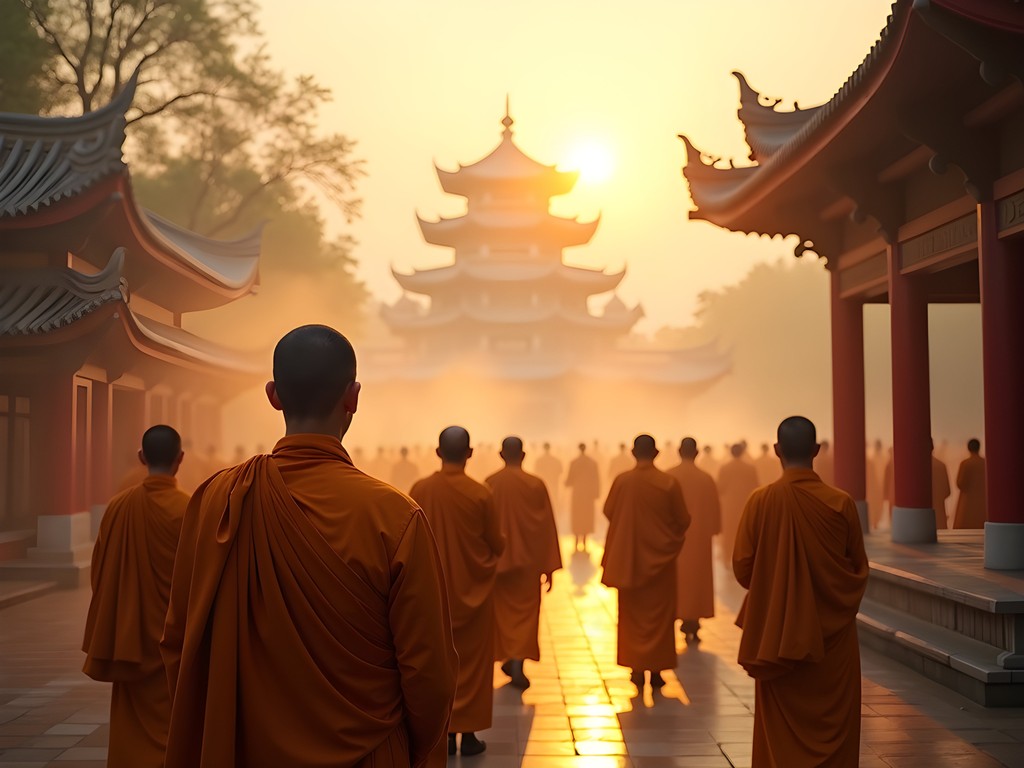
💡 Pro Tips
- Arrive by 5:30 AM to witness the full morning ceremony; spring offers pleasant temperatures for this early start
- Dress respectfully with shoulders and knees covered; layers are ideal as mornings can be cool
- Bring small denominations of yuan for incense offerings if you wish to participate
2. Culinary Exploration in Qibao Ancient Town
While Qibao appears in guidebooks, most visitors merely photograph its picturesque canals before departing. The true cultural immersion here happens through your taste buds, particularly before 9 AM when local residents—not tourists—dominate the narrow lanes.
On my third morning in Shanghai, I arrived at Qibao just after 7 AM armed with my well-worn food guide, which features excellent neighborhood food maps. The ancient water town was already humming with culinary activity, yet refreshingly free from tour groups.
My strategy for authentic food experiences has always been to observe where local seniors gather. Following this principle led me to a tiny stall where an elderly couple had been making cong you bing (scallion pancakes) for over forty years. Their weathered hands moved with mesmerizing precision, creating perfectly crisp-yet-chewy textures impossible to replicate in upscale restaurants.
Further along the stone-paved lanes, I discovered the joy of xiaolongbao (soup dumplings) for breakfast. The proper technique—demonstrated by a patient local woman who took pity on my clumsy attempts—involves taking a small bite of the dumpling's skin, sipping the scalding broth, then consuming the remainder with a dash of vinegar. It's a morning ritual that connects you to centuries of Shanghai culinary tradition.
What makes Qibao special isn't just the food but the intimate scale of its waterways and architecture. Unlike larger water towns like Zhujiajiao, Qibao retains a lived-in authenticity where residents still hang laundry above canals and exchange neighborhood news over morning tea. By mid-morning when tour buses arrive, I had already experienced the soul of the place through its flavors and morning rhythms.
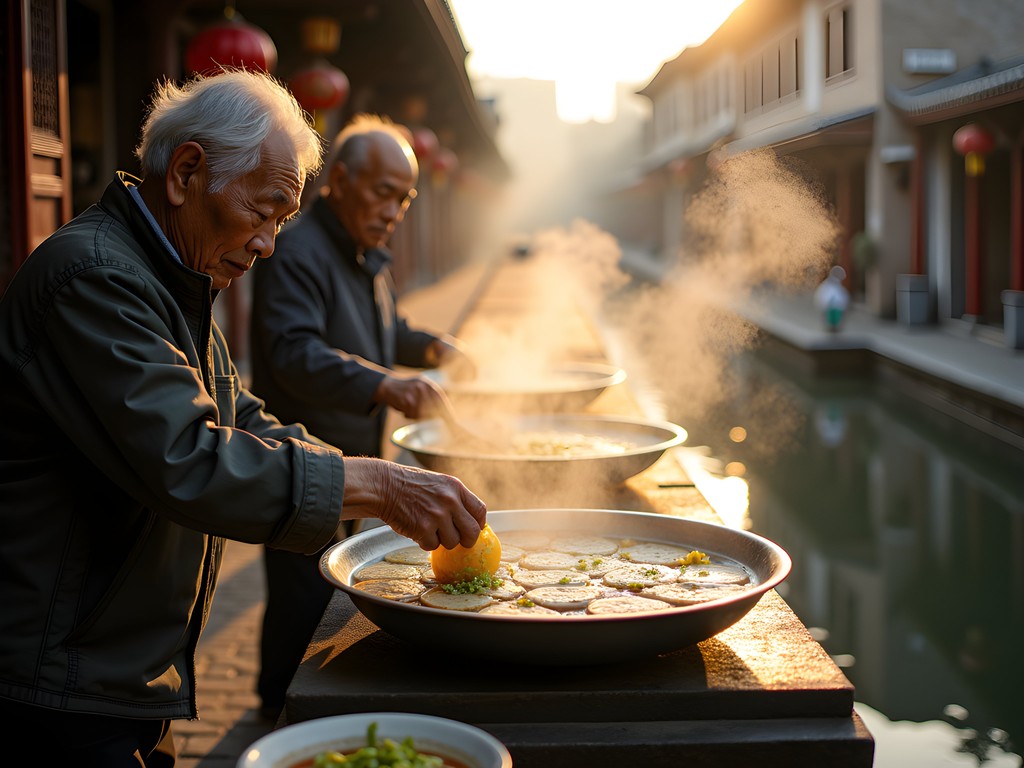
💡 Pro Tips
- Visit between 7-9 AM to experience Qibao with locals before tour groups arrive
- Bring small bills as many food vendors don't accept foreign credit cards or WeChat Pay from international visitors
- Try the local specialty 'Qibao stinky tofu'—despite the name, its flavor is remarkably complex and worth the culinary adventure
3. M50 Creative Park: Shanghai's Art Pulse
While Beijing's 798 Art District gets more international attention, Shanghai's M50 Creative Park offers a more intimate glimpse into China's contemporary art scene. Housed in a former textile mill along Suzhou Creek, this industrial complex has been transformed into a warren of galleries, studios, and creative spaces that showcase artistic expression rarely seen in Shanghai's more commercial venues.
What distinguishes M50 from other art districts I've explored globally is the opportunity to interact directly with working artists. During my visit, I encountered Wang Xin, a mid-career artist whose bold mixed-media works explore themes of technological alienation through traditional Chinese symbolism. She graciously invited me into her studio space after noticing my interest in her preliminary sketches displayed in a corridor gallery.
The conversations with artists here feel refreshingly authentic—unlike the carefully curated interactions sometimes arranged at more famous cultural destinations. Many artists speak enough English to discuss their work, though I found my translation app invaluable for more nuanced conversations about artistic intent and cultural context.
Beyond the galleries, M50's cafés serve as informal salons where artists, collectors, and visitors mingle. At Island 6 Art Center, I spent a fascinating afternoon watching an interactive digital art installation while chatting with a Shanghai art professor about the evolution of China's contemporary art market over oolong tea.
The district's constant evolution means each visit reveals something new. Galleries rotate exhibitions frequently, while pop-up installations appear in unexpected corners of the complex. Even the graffiti-covered walls along the entrance alleyway function as an ever-changing canvas for emerging street artists, offering visual commentary on Shanghai's rapid social transformation.
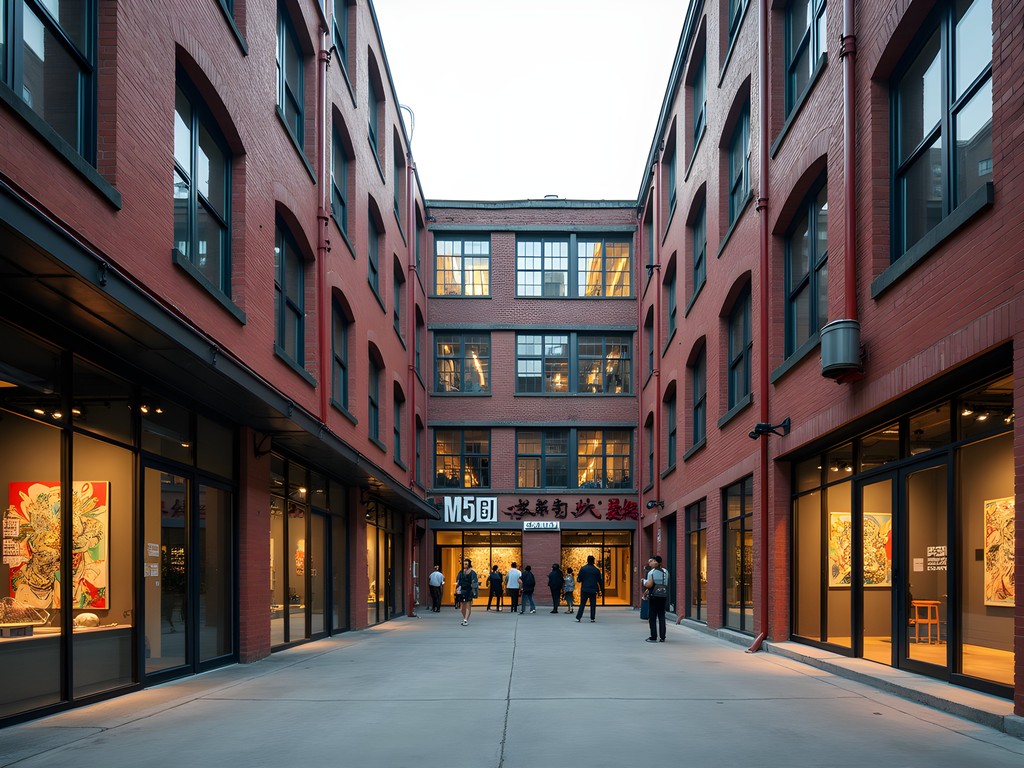
💡 Pro Tips
- Visit on Tuesday or Wednesday when fewer tourists are present but all galleries are open
- Start at the ShanghART Gallery for context before exploring smaller studios
- Many artists welcome studio visits, but always knock and request permission before entering
4. Tea House Culture in Yu Garden
The Mid-Lake Pavilion Teahouse within Yu Garden represents one of Shanghai's most misunderstood cultural treasures. While tourists snap photos of its famous zigzag bridge and exterior, few venture inside to experience the centuries-old tea rituals that continue to define Shanghainese social life.
Dating back to 1784, the teahouse offers a living museum of Chinese tea culture that I've found becomes more rewarding with each visit. The key is to arrive with time and patience—the antithesis of modern Shanghai's frenetic pace. On this visit, I reserved a window seat overlooking the garden's rockeries and spent three unhurried hours sampling rare teas while observing the meticulous preparation techniques.
What makes this experience culturally authentic is the teahouse's continued role as a gathering place for locals. While the main hall often fills with visitors, the upper floor remains primarily frequented by Shanghai residents—many of whom have been coming weekly for decades to play mahjong, discuss business, or simply watch the world pass by over perfectly brewed longjing tea.
I was fortunate to witness an impromptu guqin (seven-string zither) performance by an elderly gentleman who, I later learned, has played this ancient instrument in the teahouse every Thursday afternoon for over thirty years. These unscheduled cultural moments—impossible to find in tourist brochures—emerge naturally when you allow yourself to settle into the rhythm of local life.
For those interested in developing a deeper appreciation of Chinese tea culture, I recommend bringing along a small tea journal to record tasting notes. The staff, noticing my interest, gradually shared increasingly rare teas not typically offered to casual visitors, explaining the subtle differences in terroir and processing methods that influence each cup's character.
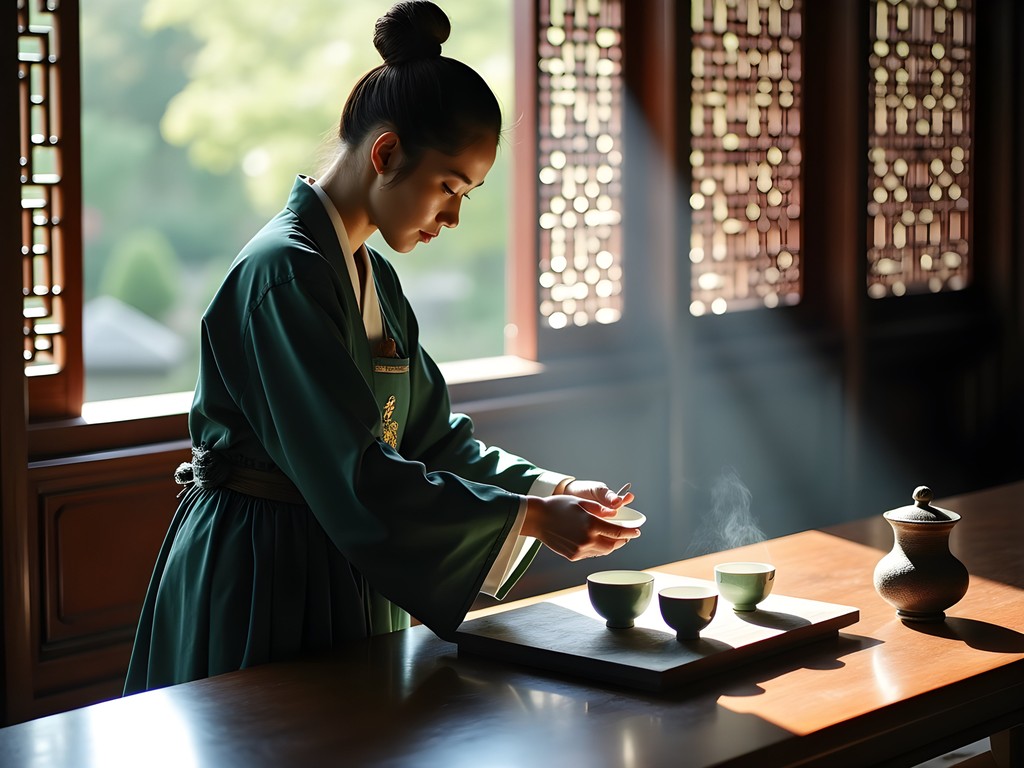
💡 Pro Tips
- Visit between 2-5 PM on weekdays to avoid tourist crowds while ensuring the teahouse is still lively with locals
- Request a tea sampling flight rather than ordering a single variety to experience the diversity of Chinese teas
- Budget at least two hours to fully appreciate the experience—rushing through tea service misses the cultural point entirely
5. Shanghai Propaganda Poster Art Centre
Hidden in the basement of an unmarked apartment building in the former French Concession lies one of Shanghai's most fascinating cultural institutions: the Shanghai Propaganda Poster Art Centre. This private museum houses over 6,000 original propaganda posters dating from the 1940s to the 1970s, offering an unvarnished glimpse into China's complex political history that larger state museums often gloss over.
What makes this experience uniquely valuable is the personal touch of founder and curator Mr. Yang Peiming, who has dedicated his life to preserving these fragile artifacts of 20th-century Chinese visual culture. During my visit, Mr. Yang was present and generously shared insights about specific posters, explaining the shifting political symbolism and artistic techniques used to communicate Communist Party messaging across decades.
The collection reveals much about China's historical relationship with the outside world through posters depicting everything from the Korean War to Nixon's visit. Particularly striking are the domestic propaganda pieces showing idealized industrial workers and farmers achieving impossible production quotas—images that shaped the visual landscape of an entire generation of Chinese citizens.
The museum's somewhat secretive location (it has moved several times due to development pressures) adds to the feeling that you're accessing a narrative about Shanghai that isn't part of the official tourism promotion. I found myself alone in the gallery for nearly an hour, allowing for unhurried contemplation of these powerful historical documents.
For those interested in photography and visual culture, I recommend bringing a pocket notebook to sketch poster compositions and note the evolution of visual propaganda techniques. The museum also has an excellent bookshop selling high-quality reproductions that make meaningful souvenirs beyond the typical Shanghai trinkets.
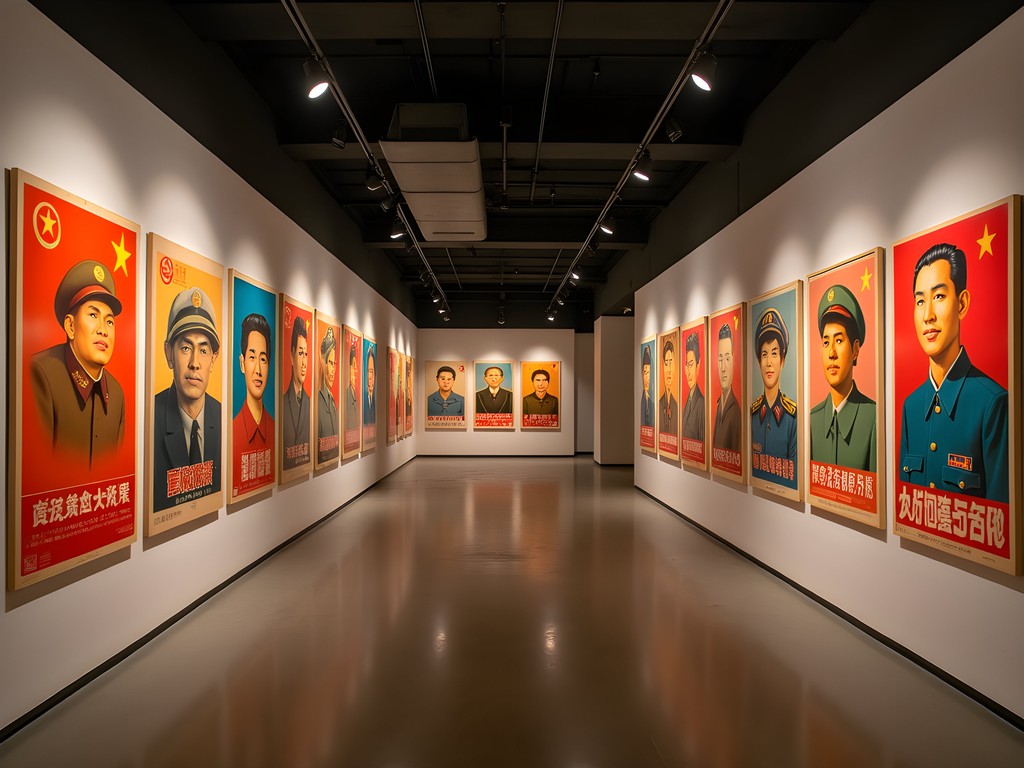
💡 Pro Tips
- Verify the current address before visiting as this museum occasionally relocates within the same neighborhood
- Visit on weekday mornings when Mr. Yang is most likely to be present for impromptu discussions
- Photography is permitted but without flash; document your favorite posters to research their historical context later
6. Traditional Shikumen Architecture in Tianzifang
While many travelers visit Tianzifang for its boutiques and cafés, few understand the architectural significance of the shikumen lane houses that form this charming district. As someone with a longstanding interest in how cultural identity expresses itself through built environments, I find these structures fascinating for their unique blend of Chinese and Western design elements—a physical manifestation of Shanghai's colonial history.
Shikumen (meaning "stone gate houses") emerged in the late 19th century as a distinctly Shanghainese architectural form combining Western row house concepts with traditional Chinese courtyard home layouts. The resulting structures—with their distinctive stone archways, narrow alleyways (longtang), and internal courtyards—created intimate community spaces that fostered a unique urban culture.
To truly appreciate Tianzifang, I recommend visiting early on weekday mornings before shops open. This allows you to observe the architectural details and neighborhood rhythms without crowds. During my recent visit, I arrived at 7:30 AM and spent an hour simply wandering the labyrinthine lanes, noting how residents had adapted these historic structures for modern living—hanging laundry across alleyways just as their grandparents did, while satellite dishes and air conditioning units signaled contemporary adaptations.
What makes Tianzifang different from Xintiandi (another shikumen district) is that many original residents still live alongside the commercial spaces, creating an authentic neighborhood rather than a merely reconstructed one. I was fortunate to meet Mrs. Zhao, an elderly resident who has lived in her second-floor apartment for over 60 years. Through my translation device, she shared stories about how the neighborhood has transformed around her while maintaining its architectural character.
The most rewarding moments came from discovering unexpected architectural details: carved stone lintels, decorative wooden balustrades, and art deco influences that reveal Shanghai's complex cultural history. These features tell a story of cultural fusion that predates modern globalization—a physical reminder that Shanghai has always been a city of cultural exchange.
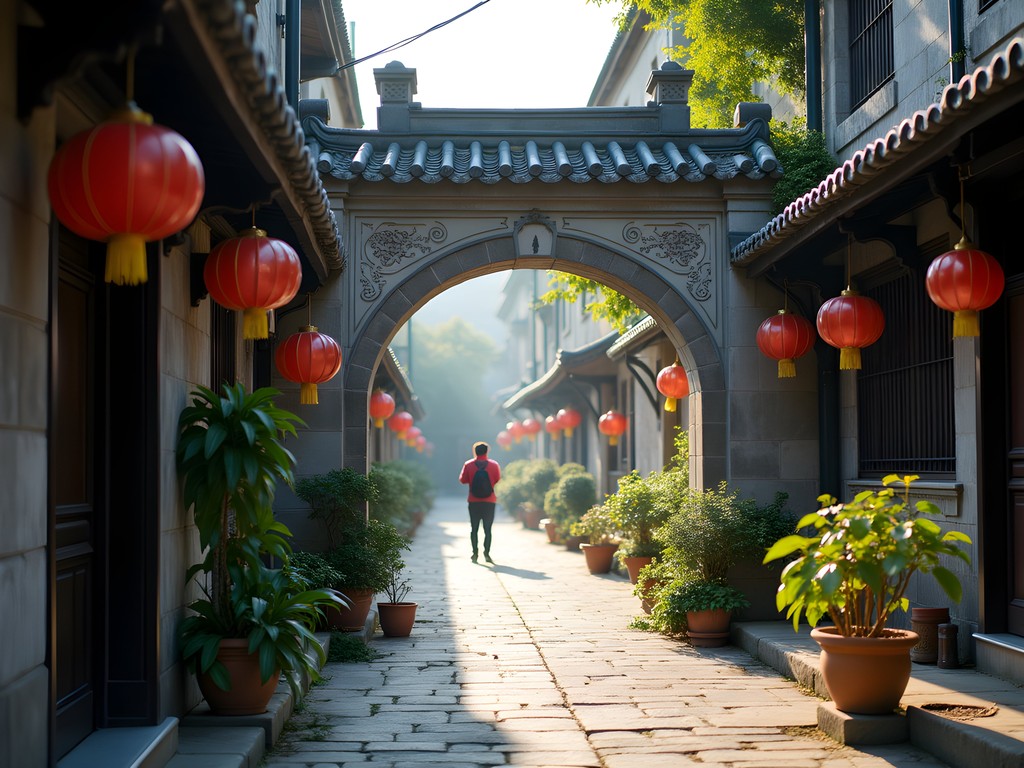
💡 Pro Tips
- Visit between 7-9 AM to photograph the architecture without crowds and observe local morning routines
- Look upward to spot original architectural details above the modernized storefronts
- Respect residents' privacy while exploring; remember that many lanes are still people's homes
7. Sunrise Tai Chi at Gucheng Park
For an immersive glimpse into daily Shanghai life that few tourists experience, I recommend joining the local seniors for sunrise tai chi at Gucheng Park in the Hongkou District. Unlike the more famous Fuxing Park where tour groups sometimes observe tai chi practitioners from a distance, Gucheng Park offers something more authentic—the opportunity to participate alongside residents who have been practicing these ancient movement arts for decades.
On my second morning in Shanghai, I arrived at the park gates at 5:45 AM as the sky began transitioning from indigo to pale blue. Already, dozens of residents were gathering in loose formations throughout the park—some practicing tai chi, others engaged in qigong, sword forms, or fan dancing. What struck me immediately was the democratic nature of the space: people of all ages and backgrounds moved through their practices with quiet focus, requiring no special equipment beyond comfortable clothing.
I positioned myself at the edge of a tai chi group led by Master Huang, an 80-year-old former mathematics professor who has been teaching in this park for over 25 years. Though I initially intended just to observe, his gentle gesture invited me to join. What followed was one of the most meaningful cultural exchanges of my visit—an hour of following along with movements that transcended our language barrier.
The practice itself was simultaneously physical and meditative, with slow, deliberate movements that belied their difficulty. My background in winter sports provided some baseline balance, but I quickly realized these seemingly simple forms required a completely different kind of body awareness. The other participants—mostly retirees with decades of practice—moved with a fluid grace that spoke to years of dedicated practice.
After the session, several participants invited me to join them for breakfast at a nearby street stall. Over steaming bowls of doujiang (soy milk) and youtiao (fried dough sticks), they shared stories about how these morning gatherings had sustained their community through decades of dramatic urban change. I was struck by how this daily ritual provided not just physical exercise but social connection across generations.
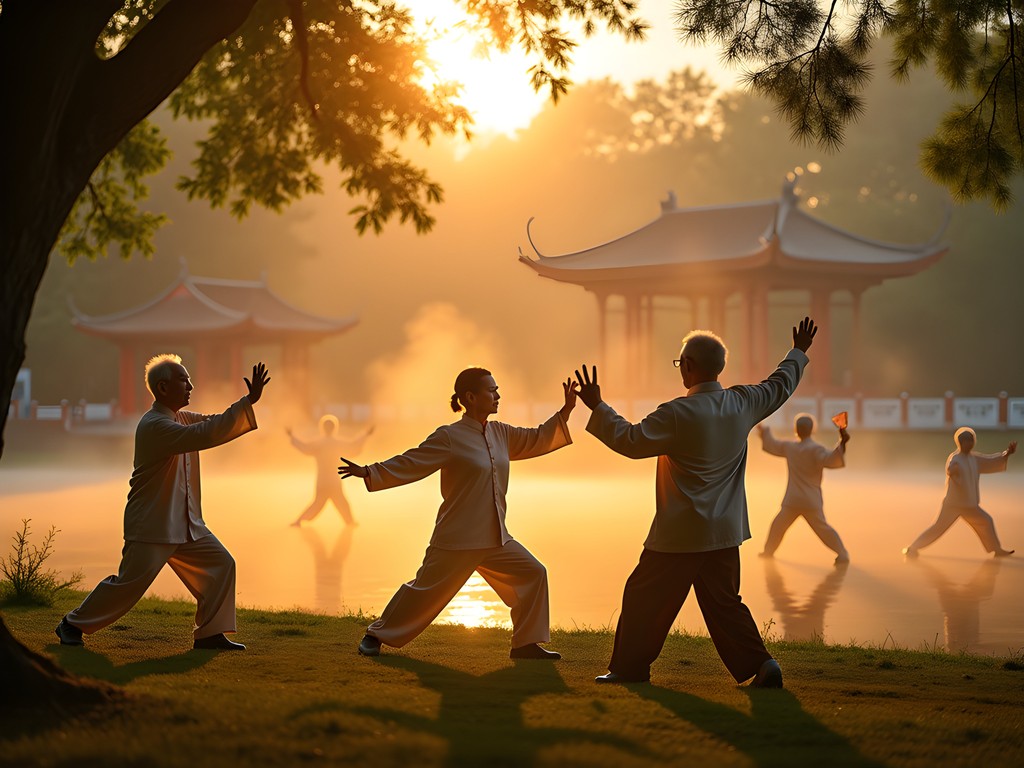
💡 Pro Tips
- Arrive by 5:45 AM to join the earliest groups; spring offers ideal temperatures for outdoor morning exercise
- Wear comfortable, loose-fitting clothing and flat shoes suitable for movement
- No need for advance arrangements—simply approach a group respectfully and indicate your interest in joining
8. Disappearing Crafts in Yuyuan Bazaar
While most visitors to Yuyuan Bazaar focus on the reconstructed Ming-style buildings and souvenir shops, I've discovered that this touristy area still harbors authentic cultural treasures for those willing to look beyond the obvious. On my recent visit, I bypassed the main shopping streets to explore the narrow lanes of the North Market area, where a handful of traditional craftspeople maintain workshops practicing arts that have nearly disappeared from modern Shanghai.
In a small, easily overlooked workshop, I discovered Mr. Zhu, a third-generation paper cutting master whose intricate creations transform simple red paper into elaborate scenes from Chinese folklore and mythology. Unlike the mass-produced paper cuts sold in tourist shops, Mr. Zhu's work demonstrates extraordinary precision and artistic innovation within this traditional medium. For over two hours, I watched him transform a single sheet of paper into an elaborate dragon scene using only a small pair of scissors and decades of muscle memory.
Nearby, I found a tiny storefront where Ms. Ling practices the traditional art of dough figurine making (mianren). Using simple tools and colored dough made from glutinous rice flour, she creates miniature figurines representing characters from Chinese opera and daily life. This folk art, once common throughout Shanghai, is now maintained by fewer than a dozen practitioners in the city. Ms. Ling explained that she learned the technique from her grandmother but fears the tradition may end with her generation as young people show little interest in the painstaking process.
What makes these encounters culturally significant isn't just observing the crafts themselves but engaging with the practitioners about the social and economic challenges of maintaining traditional arts in rapidly modernizing Shanghai. Both artisans spoke candidly about how tourism has simultaneously preserved and commodified their crafts—creating economic incentives to continue while sometimes reducing complex cultural expressions to simplified souvenirs.
For those interested in documenting these disappearing traditions, I recommend bringing a compact travel tripod to capture the intricate work in the often dimly lit workshops without disturbing the artisans with flash photography.

💡 Pro Tips
- Visit between 9-11 AM when craftspeople are working but before the midday tourist rush
- Bring small bills to purchase directly from artisans rather than from souvenir shops
- Ask permission before photographing artisans at work; purchasing a small item often grants you more time to observe and document
9. Culinary Workshop at the Shanghai Cuisine Historical Museum
The Shanghai Cuisine Historical Museum offers something increasingly rare in popular tourist destinations—an authentic cooking experience that hasn't been watered down for foreign palates or Instagram opportunities. Housed in a restored shikumen building in the Huangpu District, this small museum documents the evolution of Shanghai's distinctive cuisine through artifacts, photographs, and most importantly, hands-on culinary workshops.
Unlike the cooking classes advertised in hotel lobbies, the workshops here are primarily attended by Chinese participants interested in preserving traditional techniques. I was the only foreigner in my session focused on hongshao rou (red-braised pork)—a dish that exemplifies Shanghai's approach to balancing sweet and savory flavors. Our instructor, Chef Wang, has been cooking professionally for over 40 years and approaches traditional recipes with reverence while acknowledging how they've evolved through Shanghai's tumultuous history.
What distinguishes this experience culturally is its emphasis on context rather than merely following recipes. Before cooking began, we toured the museum's collection of historic kitchen implements, menus from famous restaurants of the 1920s and 30s, and photographs documenting how Shanghai's cuisine developed through the influence of immigrants from surrounding provinces and foreign concessions.
The cooking portion itself was wonderfully hands-on, with Chef Wang demonstrating techniques before allowing us to try them ourselves. I learned that the distinctive flavor profile of Shanghai cuisine comes from its liberal use of sugar alongside soy sauce and rice wine—a combination that creates the characteristic red-brown glaze on many classic dishes. Chef Wang explained how these cooking methods evolved from the need to preserve food in the humid climate before refrigeration was common.
Perhaps most valuable were the discussions about how Shanghai cuisine reflects the city's identity as a place of cultural fusion. Many dishes we recognize as quintessentially Shanghainese actually represent adaptations of regional Chinese cooking styles influenced by international ingredients that became available through Shanghai's position as a treaty port. This culinary evolution mirrors Shanghai's broader cultural development as a meeting point between East and West.
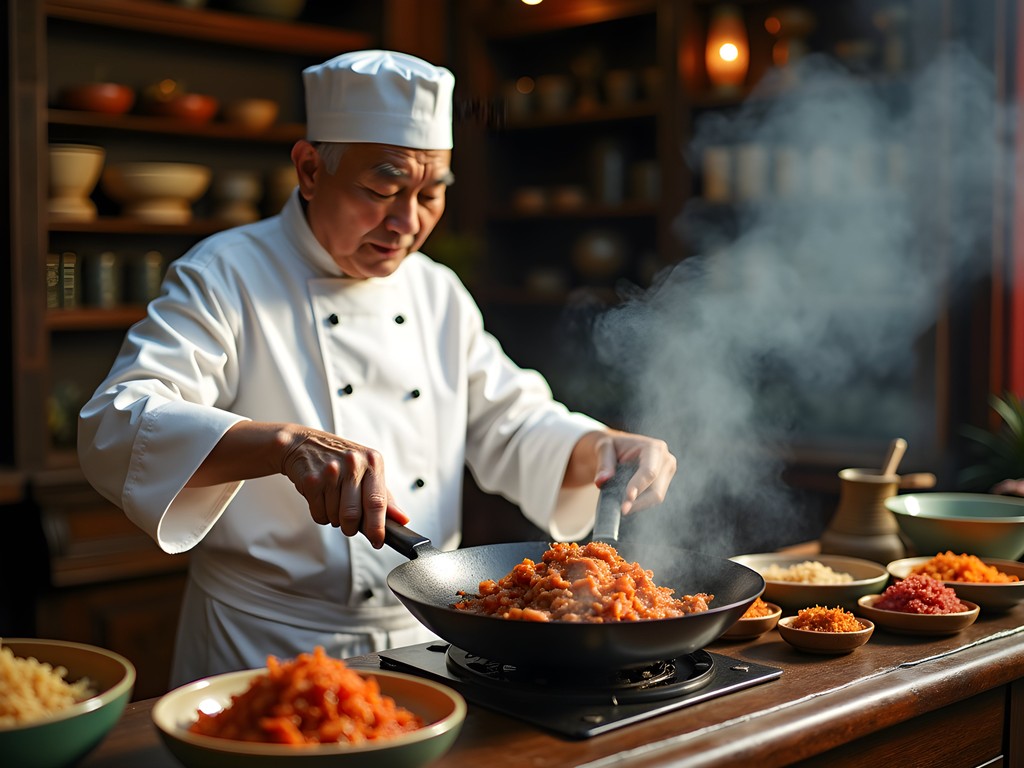
💡 Pro Tips
- Reserve workshops at least two weeks in advance as they often fill with local participants
- Request the Chinese-language session with translation rather than the simplified tourist version for a more authentic experience
- Bring a small gift for the instructor—quality tea from your home country is always appreciated
10. Evening Storytelling at Laoximen Tea House
In an era where digital entertainment dominates urban leisure time, the traditional art of pingtan (storytelling and ballad singing) offers a rare window into Shanghai's oral cultural heritage. While this art form has largely disappeared from the city center, I discovered an authentic pingtan performance at the century-old Laoximen Tea House in the rapidly disappearing old town district.
Unlike performances staged specifically for tourists, these evening sessions cater primarily to elderly Shanghai residents who have been following these serialized stories for decades. The performances, conducted entirely in Shanghainese dialect rather than Mandarin, feature tales drawn from classical literature and local folklore, delivered with musical accompaniment on the pipa (Chinese lute) and sanxian (three-stringed banjo).
What makes this experience culturally authentic is its complete indifference to tourist expectations. The storytellers perform for knowledgeable local audiences who respond with knowing laughter at linguistic wordplay and nod appreciatively at references to Shanghai history. Though I couldn't understand the language, the performers' expressive vocal techniques, facial expressions, and musical interludes transcended the language barrier, communicating emotional narratives through tone and rhythm.
The venue itself adds to the cultural immersion—a traditional teahouse with wooden tables and stools where attendees sip longjing tea from covered cups while listening attentively. Many regulars bring their own tea leaves in small containers, paying only for hot water refills throughout the two-hour performance. The audience demographic—primarily residents in their 70s and 80s—reveals pingtan's precarious future as younger generations show limited interest in this traditional art form.
I was particularly moved by the community aspect of the experience. During intermission, regular attendees shared tea and commentary on the performance, with several making efforts to explain plot points to me despite our language differences. One elderly gentleman sketched characters from the story on a napkin to help me follow the narrative, demonstrating how cultural connections can transcend verbal communication.
For those interested in recording portions of these unique performances (with permission), I recommend using a digital audio recorder rather than a smartphone to capture the subtle vocal techniques and musical accompaniment without being obtrusive.
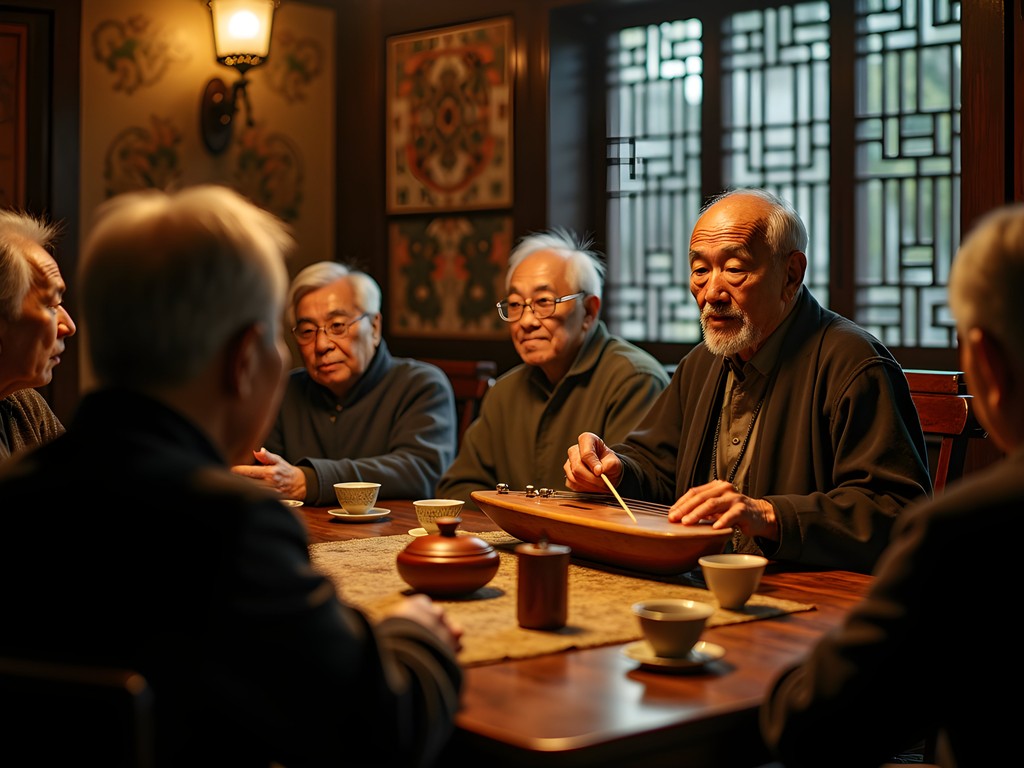
💡 Pro Tips
- Performances typically begin at 7 PM and last approximately two hours; arrive by 6:30 PM to secure seating
- No English translation is available, but the performance transcends language barriers through musical and dramatic elements
- The teahouse is increasingly difficult to find as the neighborhood undergoes redevelopment; use a mapping app to locate it precisely
Final Thoughts
As I reflect on these ten experiences that revealed Shanghai's authentic cultural heart, I'm struck by how many travelers miss these opportunities while focusing exclusively on the city's iconic skyline and shopping districts. The true Shanghai exists in these in-between spaces—where tradition persists alongside dizzying modernization, where elderly masters maintain disappearing crafts, and where daily rituals create community in one of the world's most rapidly changing urban environments.
What makes these experiences particularly valuable for solo travelers is their capacity to facilitate meaningful connections across cultural and linguistic barriers. Through shared tea ceremonies, cooking classes, or simply joining morning exercises in the park, you'll discover that Shanghai residents often welcome foreign visitors into their daily practices with surprising warmth.
As development continues to transform Shanghai's historic neighborhoods, many of these authentic cultural experiences face an uncertain future. The time to experience them is now, while master craftspeople still practice their arts and before more traditional communities are relocated for urban renewal projects. I encourage you to venture beyond the gleaming facades and tourist zones to discover the living cultural heritage that makes Shanghai truly extraordinary.
✨ Key Takeaways
- Morning visits offer the most authentic experiences at popular sites before tour groups arrive
- Learning even basic Shanghainese phrases opens doors to cultural experiences rarely accessible to tourists
- Shanghai's traditional arts and practices are disappearing rapidly—prioritize experiencing them now
📋 Practical Information
Best Time to Visit
Mid-March through May (spring) when temperatures are mild and gardens are blooming
Budget Estimate
¥3,000-5,000 ($450-750 USD) for one week excluding accommodations
Recommended Duration
7 days minimum to experience these cultural activities without rushing
Difficulty Level
Moderate - Requires Early Mornings And Navigating Areas With Limited English Signage
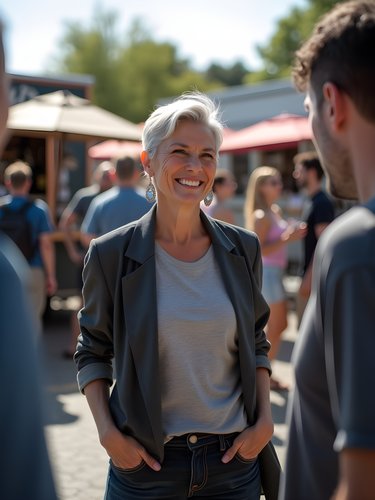
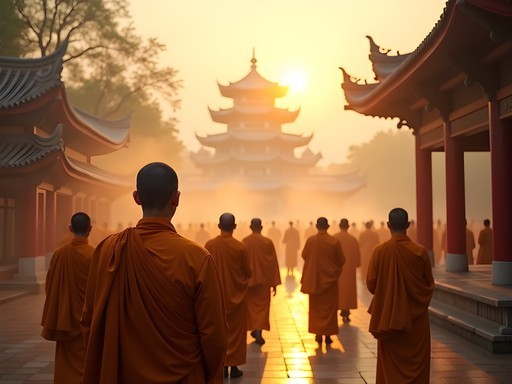

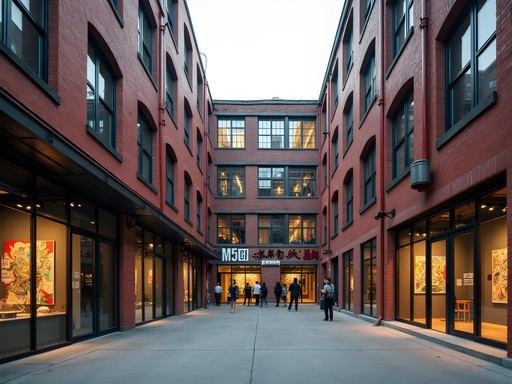
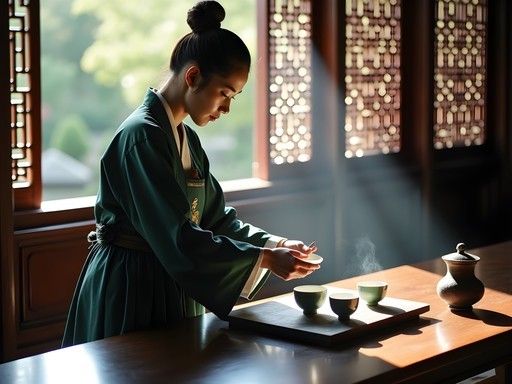
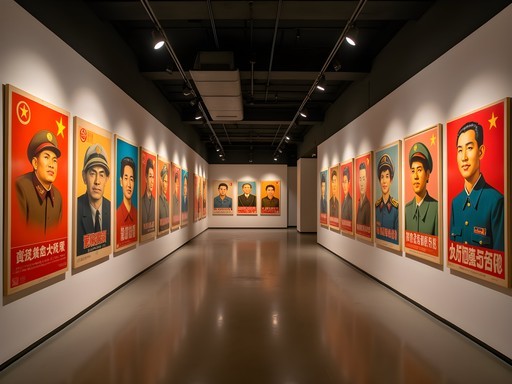




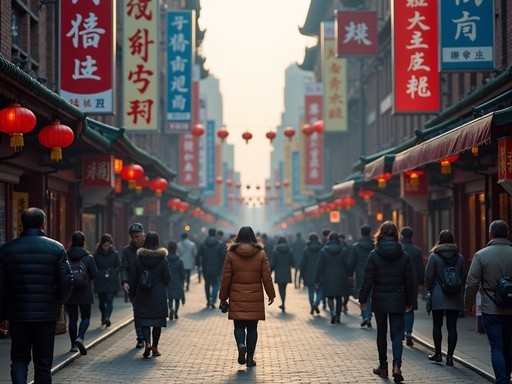


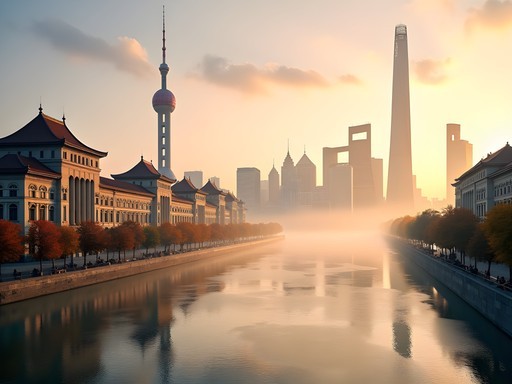
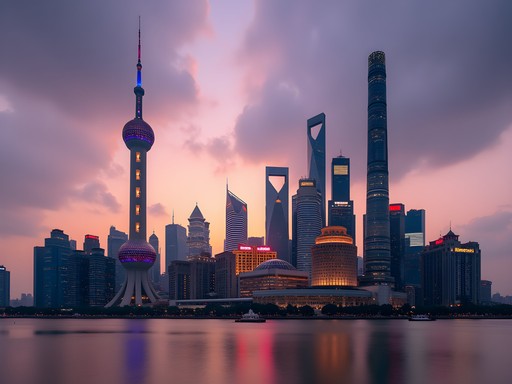
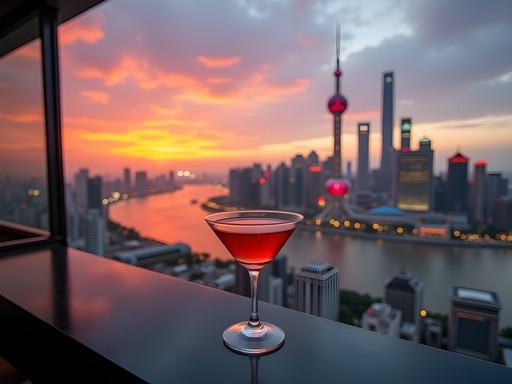

Comments
bluelegend
Great post! How difficult is it to get around M50 Creative Park if you don't speak any Chinese? Is English widely spoken there?
Morgan Payne
Thanks for the question! M50 is actually quite foreigner-friendly. Most gallery staff speak basic English, and the art speaks for itself! I found the subway stop (Moganshan Road) easy to navigate, and there are English maps at the entrance. The cafés there are also used to international visitors.
bluelegend
Perfect, thanks! Adding it to my itinerary.
Mason Sullivan
Morgan, your post brought back so many memories! I backpacked through Shanghai last year on a shoestring budget. That tea house in Yu Garden was my daily refuge - I'd spend hours there people-watching and practicing my terrible Mandarin with the patient staff. One addition I'd make to your list is the night market on Shouning Road for seafood. It's where locals actually eat (unlike Qibao which has gotten quite touristy). I documented my whole trip with my travel journal which was perfect for sketching those beautiful Yu Garden pavilions. Did you make it to any of the water towns outside the city?
bluelegend
Shouning Road is the real deal! Got the best crayfish of my life there. Cash only though!
waveguide
This is exactly what I needed! Heading to Shanghai next month and wanted to see beyond the tourist traps. The Longhua Temple dawn ritual sounds incredible!
Mason Sullivan
You won't regret the early wake-up call for Longhua! I did it last year and it was magical. Bring a light jacket - it gets chilly in the morning.
waveguide
Thanks for the tip! Did you need to book anything in advance?
Mason Sullivan
Nope! Just show up about 30 mins before sunrise. The monks are used to respectful visitors.
globetrotter89
I'd add Jing'an Temple to this list! It's right in the middle of the city surrounded by skyscrapers - such a cool contrast between ancient and modern. We went during a festival and got to see locals burning incense and making offerings. Really peaceful spot despite being in the urban center.
wanderlustmood
Just visited Jing'an based on your recommendation - amazing spot! Thanks!
shanghailover
Love the M50 Creative Park recommendation! Found the coolest artwork there last year.
oceanperson
How difficult is it to navigate the metro system if you don't speak Chinese? I'm planning a solo trip and a bit nervous about getting around.
wanderlustmood
Just got back! Metro is super easy - all signs are in English and Chinese. Download Baidu Maps though, Google Maps isn't great there.
Savannah Torres
Agree with wanderlustmood! The metro is incredibly efficient and easy to navigate. Get a transit card at the airport - works for metro and buses.
oceanperson
Thanks both! That's a relief to hear.
Savannah Torres
Morgan, your post brought back so many memories! I visited Shanghai with my husband and kids last year, and the dawn ritual at Longhua Temple was magical. My 10-year-old still talks about the monks chanting. We also discovered a lovely tea ceremony in Tianzifang that wasn't on our itinerary - the owner spoke minimal English but used a translation app to teach my children about different tea varieties. They were so patient with the kids! For families visiting, I'd add the Shanghai Natural History Museum to this list - it has incredible interactive exhibits that balance out the cultural experiences. I used my pocket translator constantly throughout our trip, which made connecting with locals so much easier.
wanderlustmood
This is exactly what I needed! Heading to Shanghai next month and wanted to avoid just the touristy spots.
Savannah Torres
You're going to love it! Make sure to try the xiaolongbao in Qibao Ancient Town. The ones from the small family shops are way better than the famous chains.
wanderlustmood
Thanks for the tip! Any specific shop you recommend?
Savannah Torres
Look for the one with the red lanterns near the canal bridge - always a line of locals. Can't remember the name but you can't miss it!
skyrider
Love the photos of the temple! Those lanterns are gorgeous.
Stephanie Romano
Right? We visited during a festival and my kids were mesmerized by all the red lanterns. Got some amazing family photos there!
vacationdiver
This post is EVERYTHING!!! I've been to Shanghai twice and completely missed half these spots! Bookmarking this for my next trip. The tea house in Yu Garden sounds amazing. Anyone tried it?
Venture X
Premium card with 2X miles, $300 travel credit, Priority Pass